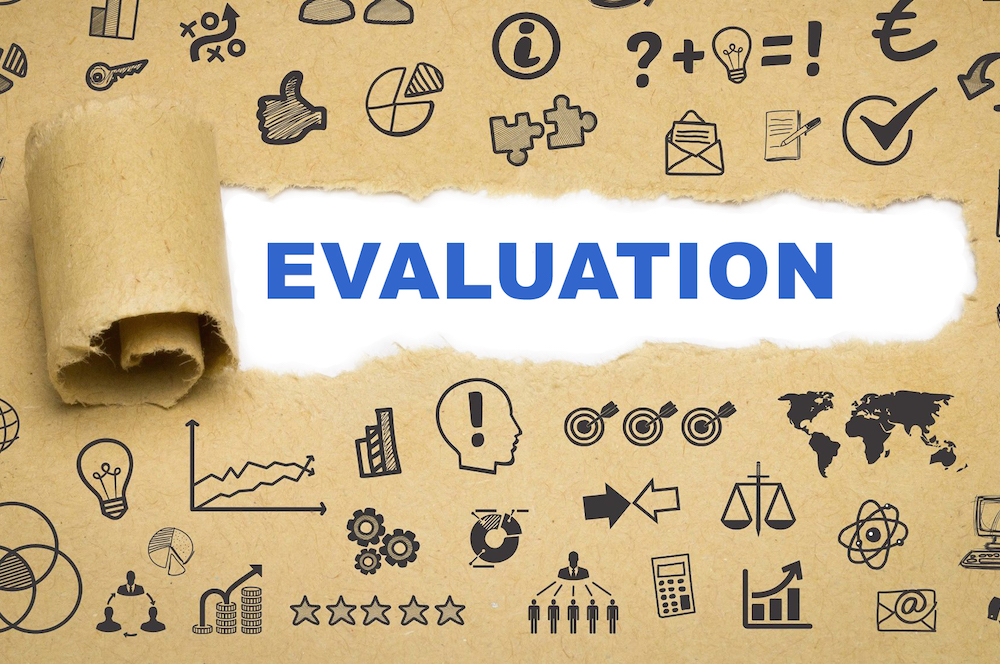16 Jun You CAN Evaluate Your Program! How to Gather Data through Observation By: AGS Staff
Posted at 21:59h
in Competency Eight, Competency Five, Competency Four, Evaluation, Grant Reporting, Program Development, Relationships
Observation is a method to gather data by watching events or behaviors that can give information beyond what you can draw from numbers and is helpful in several situations:
- To collect data that is unavailable through other methods. People are sometimes unable or unwilling to participate in surveys or interviews.
- To understand an ongoing situation or process. For example, you want to identify efficiencies/inefficiencies in the process of college registration process as students meet with advisors to create a semester schedule.
- To know more about a physical setting. For example, you want to determine if a residential rehabilitation center’s facilities are conducive to recovery.
- To understand more about interactions. For example, you want to determine if a motivational guest speaker sparks interest in at-risk youth in a college preparatory program.










